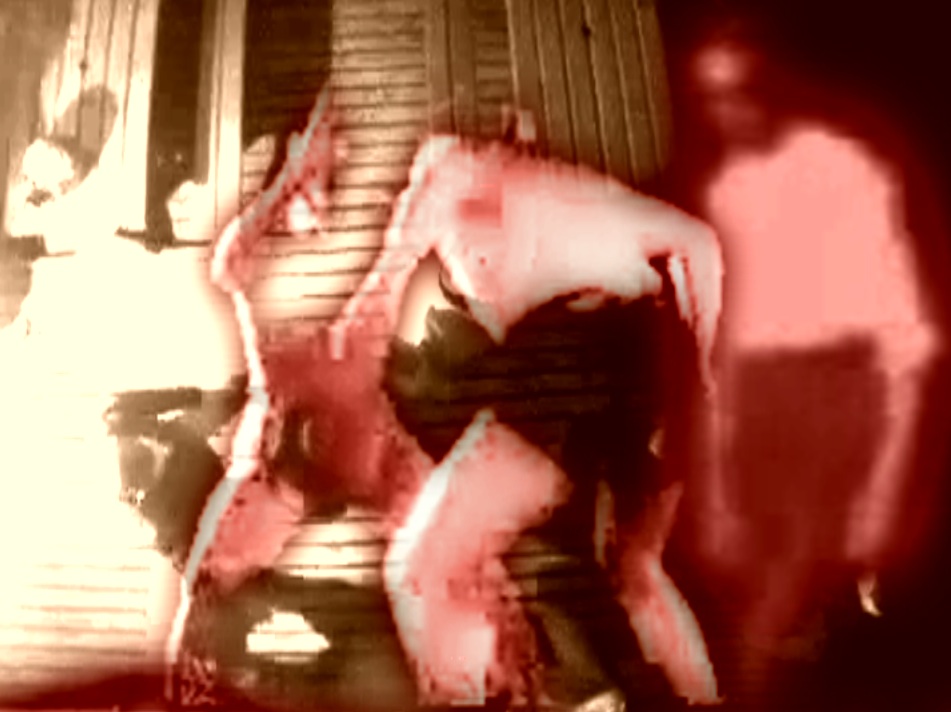Purring: A Taxonomy and an Exhibition at Wigan January 15, 2014
Author: Beach Combing | in : Modern , trackbackThis site has a small tag on the history of purring, the sometimes noble and often incredibly ignoble Lancashire marshal art whereby a man repeatedly kicked opponents or victims as hard as he could. We return to the theme today because of the exciting news that a Purring Display is going up in Wigan Museum, a display which has been put together by Anna Smith: special congratulations to Anna and how I wish I was in the UK this spring! The image above is hers.
There were essentially three types of purring in the eighteenth and nineteenth century: the golden age of purring stretched from the late 1700s to the late 1800s:
Competitive purring: here two men stripped, sometimes naked, and fought it out using clogs. Blows were to be directed towards the feet and shins of opponents, though of course sometimes things got out of hand. We’ve given an excellent past instance of this that includes the memorable line ‘at the last kick… his shoe was half imbedded in the groin’ of his opponent. A great deal of money changed hands over these fights.
Scrap purring: an argument in a pub or an insult in a street became a duel with two men heading round the back of the bike sheds to settle things. Here the classic feet-shins rules were not respected and the game was rather to get your opponent to the floor and give him a ‘bloody great purring’. Many accounts describe the crowds rushing up and cheering on one side or another. These fights took place at almost any social occasion. For instance, in one news report from Nelson (1874) we learn that no Brass Band Contest there went by without at least one purring incident.
Punishment purring: here a man or woman would be overtaken by their enemies and held down while one of the number ‘purred them over’. A particularly disturbing version of this was ‘wife purring’. Indeed, in the north-west in this period the newspapers didn’t talk of ‘wife beating’ but ‘wife kicking’. One reference describes a mob watching to see a wife being kicked by her husband: suggesting that this was acceptable social practice. The thug carried his missus out into the street to inflict his foot ‘jabs’. Contrast this with one case when a child was kicked by a grown man and a crowd, instead, quickly intervened.
But why did the eighteenth- and nineteenth-century inhabitants take to kicking each other in this way? The answer is simply that they had clogs on their feet. Clogs – wooden shoes – were capable of inflicting grievious injuries, but special metal tipped purring clogs (‘fighting clogs’) were also made and these were out and out lethal weapons. By the nineteenth century not a Friday or Saturday night went by in many Lancashire towns without at least one purring case and the intervention of the local constabulary.
For example, 23 June 1874, a Lancashire newspaper reported a typical catalogue in the small mill town of Oldham. (i) One Joseph Skyes had kicked a police constable and several citizens who had tried to secure him for justice (he got a month’s hard labour); (ii) a man who was not apprehended chased some boys and repeatedly kicked an eight-year-old in the head; and (iii) four men had a purring fight in the street, one attempting a ‘run kick’ (they were fined).
In the same year another newspaper opined:
Day by day we read of kicking cases in which serious bodily injury is inflated, and it not unfrequently happens that the kickers are by no means particuar who they kick. For their purpose a woman answers as well as, if not better than, man. We have recently reported cases which have occurred at Ormskirk, Wigan, Burnley, Bolton, Bury, Blackburn, Preston, Oldham, &c…. The difficulty is how to put a stop to the practice, which is not English, and essentially cowardly. There is very little reason to doubt that the magistrates are to some extent respomible for its perpetuation and for the increased devotion with which it is sustained. It has been too commonly the custom with the justices to fine persons who have skill in the use of their clogs on the ribs and the head’s of other people, and these fines instead of deterring have encouraged kickers. There are not many of them who would forego the luxury of half killing a fellow-creature for the sake of a few shillings or a few pounds, and but few would deprive themselves of the pleasure for the sake even of a few days’ imprisonment.
The practice was eventually stamped out through harsh penalties: for example, some time after this article was written, again in 1874, a ten-year sentence was handed down for purring, which certainly contrasts with the month that Joseph Sykes got for setting his clogs on a policeman. There was also the joke that a purring deserves the ‘cat’, i.e. a lashing. Any other purring history, drbeachcombing AT yahoo DOT com
16 Jan 2014: Wade writes in ‘Here’s a fairly comprehensive link on the history of purring, including the fact that it transferred to Pennsylvania through the influx of Cornish miners there.’ Thanks Wade, exeptional link!



